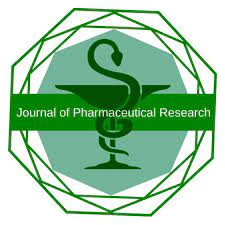


Journal of Pharmaceutical Research
Year: 2025, Volume: 24, Issue: 3, Pages: 138–145
Review Article
Sharon Barachel Papang1, Kedovilie Kuotsu1, Sanskar Pradhan1, Jyoti Timsina1, Suikriti Sharma2, Ananya Bhattacharjee3,∗
1Himalayan Pharmacy Institute, Rangpo, Majhitar, 737136, East Sikkim, India
2Assistant Professor, Pharmacology Department, Himalayan Pharmacy Institute, Rangpo, Majhitar, 737136, East Sikkim, India
3Associate Professor, Pharmacology Department, Himalayan Pharmacy Institute, Rangpo, Majhitar, 737136, East Sikkim, India
*Corresponding Author
Email: mouroland@gmail.com
Urtica dioica, commonly known as stinging nettle, is a perennial herbaceous plant with a rich history of traditional medicinal use. This review aims to provide a comprehensive overview of its phytochemical composition, pharmacological effects, and potential therapeutic applications. A thorough analysis of existing literature reveals that Urtica dioica possesses a diverse array of bioactive compounds, including phenolic compounds, flavonoids, terpenoids, and lignans, which contribute to its extensive pharmacological profile. The plant's medicinal properties include antioxidant, anti-inflammatory, antimicrobial, anticancer, and cardioprotective activities, among others. Scientific studies have validated many of its traditional uses and highlighted its potential in managing conditions such as diabetes, arthritis, liver disorders, and neurodegenerative diseases. With its therapeutic versatility and low toxicity, Urtica dioica represents a promising candidate for further research and development in natural medicine.
Keywords: Urtica dioica Stinging nettle; Nettle leaf; Bichu butti; Sisnu
© 2025 Published by Krupanidhi College of Pharmacy. This is an open-access article under the CC BY-NC-ND license (https://creativecommons.org/licenses/by-nc-nd/4.0/)
Subscribe now for latest articles and news.